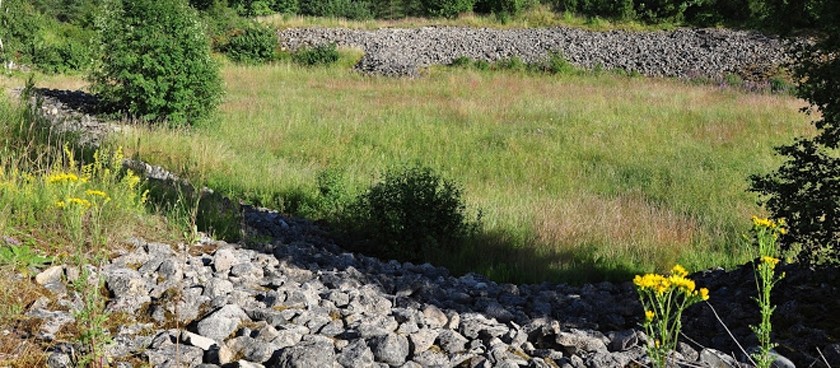
- #EE36
- MAALINNA, Valjala alevik, Saaremaa vald, Saare maakond
- info@visitsaaremaa.ee
- Prices*:
FREE - * - opening and closing times as well as entrance prices, are subject to alterations without notice. Visitors are advised to check before visiting.
- 58.4003000, 22.7953380 Copy to clipboard Copy
-
#Family time , #History
The site of the fort is located approximately 700 meters northeast of of Valjala village borders. It is sited on a slight rise, oval in shape. It is about 120 meters by 110 meters, its soil covered limestone walls reach to eight meters. A stone-lined well is to one side of the enclosure. A small river flows close to the fort. Centuries ago this river was much larger, allowing boats to navigate it.
Valjala was one of the most important fortresses during pre-conquest times. In Henry's Livonian Chronicle it was known as castrum Waldja. The chronicle describes the conquest in detail.
In the winter of 1227, after the sea between the mainland and the islands had frozen, Bishop Albert gathered a force of 20 000 (probably an exaggerated number, but still one of the largest forces the Germans put out against the Estonians) Germans, Latvians and Lithuanians and some mainland Estonians for a crusade against the pagan Saarlanders. It was led by Bishop Albert and the representative of the Bishop of Modena, who carried the Pope's flag.
After burning the Muhu fortress, the crusaders reached Valjala. Several days were spent burning and pillaging the neighboring farms and villages. The Saarlanders in the fortress decided to capitulate and negotiations began. The Germans required the sons of the Estonian elders as hostages. These were baptized first. The water in the fortress well was concecrated, and a mass baptism started. Five to six priests were at it from morning to night for three days. Additionally, the Saarlandars were required to release all their hostages as well as all their Christian prisoners.
Thus, Saaremaa was considered to be conquered. Needless to say, there followed several uprisings thruout the years, when the first thing that the Saarlanders did was to go to the rivers to wash off the baptism.